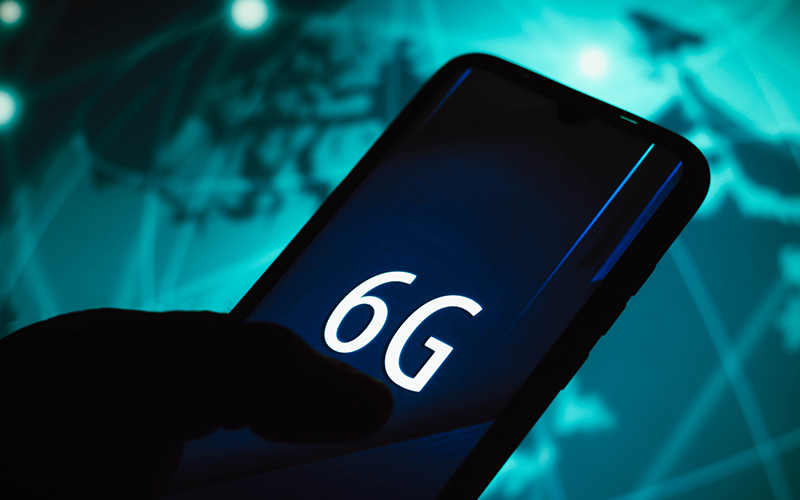The world is still adapting to 5G, but researchers and technology companies are already working on 6G. Expected to launch around 2030, 6G will push wireless connectivity to new limits. It will deliver faster speeds, near-instant communication, and advanced artificial intelligence integration. This article explores what 6G is, how it differs from 5G and what innovations it will bring.
How Fast Will 6G Be?
Speed is one of the biggest improvements in 6G. While 5G offers speeds of up to 10 Gbps, 6G is expected to reach 1 terabit per second (Tbps). This will allow instant downloads of high-resolution movies, seamless cloud gaming, and real-time data sharing on an unprecedented scale.
6G will operate on higher-frequency bands, possibly above 100 GHz, allowing massive data transmission rates. However, these high frequencies have shorter range, meaning new types of antennas and infrastructure will be required.
Ultra-Low Latency and AI Integration
Latency is the time it takes for data to travel from one point to another. While 5G reduces latency to about 1 millisecond, 6G aims for latency as low as 0.1 milliseconds. This means near-instant communication, which will benefit industries like healthcare, autonomous vehicles, and industrial automation.
Artificial intelligence (AI) will also play a major role in 6G. Unlike previous generations, 6G networks will have built-in AI processing, optimizing network performance in real time. AI-driven automation will allow faster responses to traffic congestion, network failures, and security threats.
The Role of 6G in Smart Cities and IoT
6G will power smart cities by connecting billions of Internet of Things (IoT) devices. Sensors in transportation, healthcare, and environmental monitoring will communicate instantly, improving efficiency and sustainability.
Some potential applications of 6G in smart cities include:
- Traffic management: AI-driven signals adjusting in real time to reduce congestion.
- Healthcare monitoring: Wearable devices continuously tracking patient health and alerting doctors instantly.
- Energy optimization: Smart grids reducing power waste by distributing electricity efficiently.
Challenges of 6G Development
While 6G sounds promising, several challenges need to be addressed before it becomes a reality:
- Infrastructure Costs – Deploying 6G will require massive investments in new antennas, satellites, and network hardware.
- Energy Consumption – With higher data rates and more connected devices, 6G networks must find ways to remain energy-efficient.
- Security Risks – The more devices that connect, the higher the risk of cyberattacks. Advanced encryption and AI-driven security measures will be necessary.
How 6G Differs from 5G
Key Differences Between 5G and 6G:
| Feature | 5G | 6G |
|---|---|---|
| Maximum Speed | 10 Gbps | 1 Tbps |
| Latency | ~1 ms | ~0.1 ms |
| Frequency Bands | Up to 100 GHz | Above 100 GHz |
| AI Integration | Limited | Fully integrated |
| IoT Connectivity | Millions of devices | Billions of devices |
When Will 6G Be Available?
Experts predict that 6G networks will start rolling out around 2030. Countries like China, the U.S., and Japan are already conducting research and early testing. While 5G adoption is still expanding, companies like Samsung, Nokia, and Huawei are leading the race in 6G development.
Conclusion
6G will redefine wireless communication with ultra-fast speeds, near-zero latency, and advanced AI integration. It will power smart cities, improve IoT efficiency, and create new possibilities for industries. While challenges remain, the future of 6G is exciting, and by 2030, it could change the way we connect forever.
